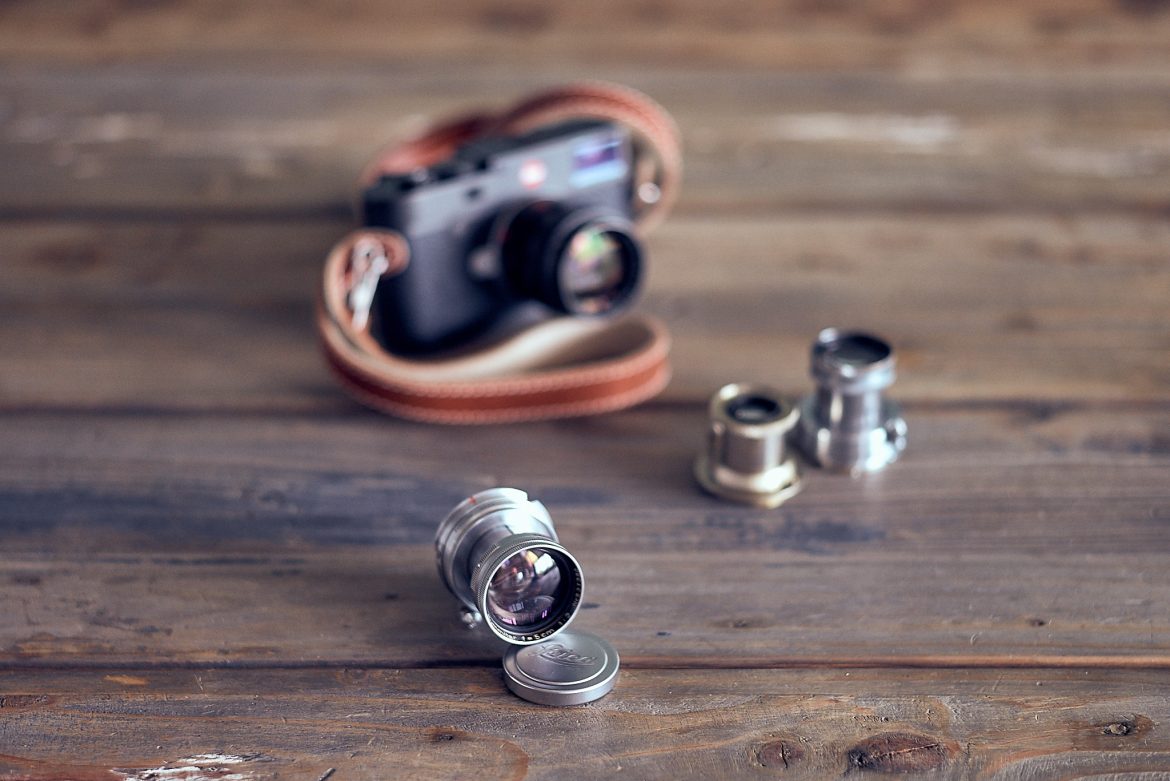
I think that one should invest in decent lenses, because the picture quality of a photo often depends on this. I also know that many like experimenting with old lenses, especially because they often have their very own charm. They are not always the sharpest, but often have their very own individual bokeh. In the past, I was less interested in old glass. I always thought that I could try to take the picture of my life and then end up with just mud with beautiful bokeh. If only there wasn’t the problem that I like to experiment and play around. So it happened that I was a guest at Andreas Jorns’ and he told me that he had just bought an old Leica Summitar 50 mm f/2.0 which he absolutely raved about. Suddenly there was the desire to play with old lenses. With Leica you have the advantage that even very old items work perfectly. With an M camera you just don’t think about autofocus.
I strolled to my Leica dealer Meister Camera with the intention of demonstrating my camera strap but ended up leaving the store with a pack of old 50 mm shards. My buddy at the shop was picking up something in a container of old glass and gave me an Elmar f/3.5 of 1935, a Summar f/2.0 of 1937, Summitar f/2.0 of 1951 and a Jupiter f/2.0 of 1990. Nice toys. In addition, there was also a bit of background information by Mr. Bertram, who apparently knows every old lens and its history. I was very curious to see how things were going.
Ultimately, I limited myself to the Summar and the Summitar. Four lenses were a bit too much. After all, you have to take a pictures and changing constantly just confuses me. In the exif data unfortunately you don’t see which lens was used. I used both lenses for the first test pictures at a workshop and was instantly intrigued. Of course, Scampi had to be the first test object, which is almost a tradition with new lenses. Since the aperture of the Summitar jammed, I know with certainty that I always used f / 2.0.
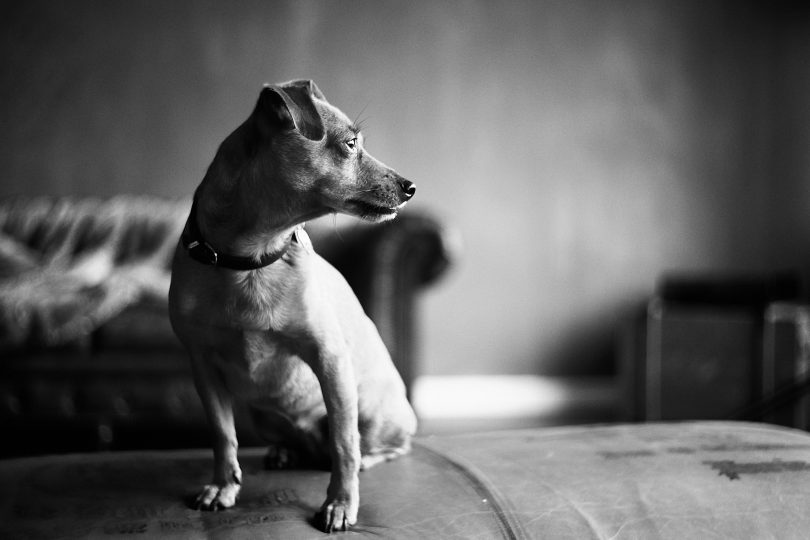
Leica Summitar 50mm f/2 on Leica M10
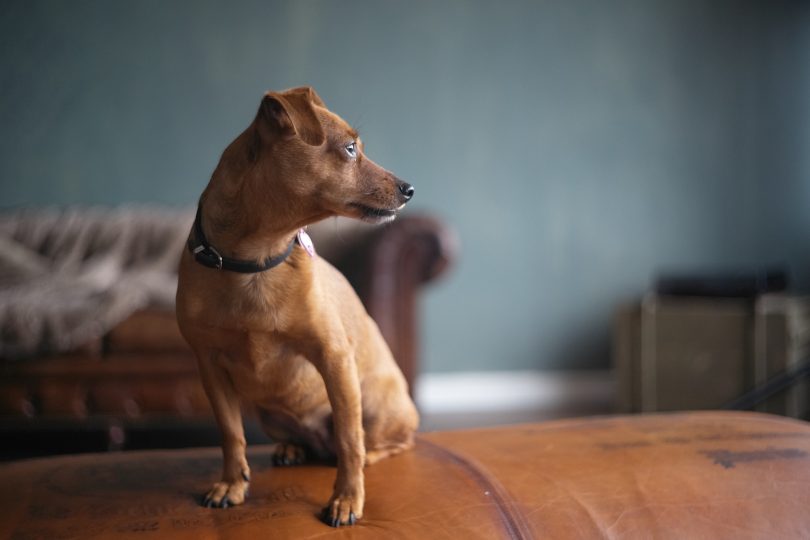
Raw image, Leica Summitar 50mm f/2 on Leica M10
As far as sharpness goes, I was more than surprised. With some re-sharpening in Capture One, the result was quite impressive. I was almost disappointed. Could it be that this old lens was better than many new products?
Here are some more pictures I took with the Summitar. A few of them also in the unedited version.
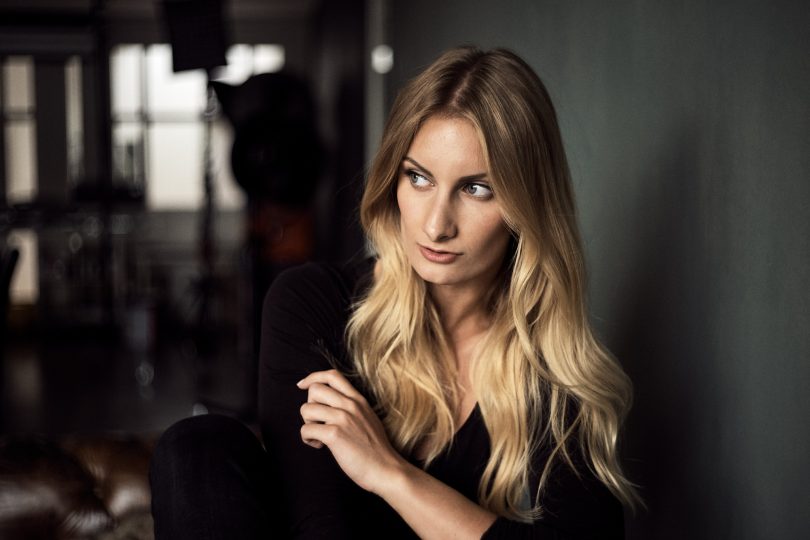
Leica Summitar 50mm f/2 on Leica M10
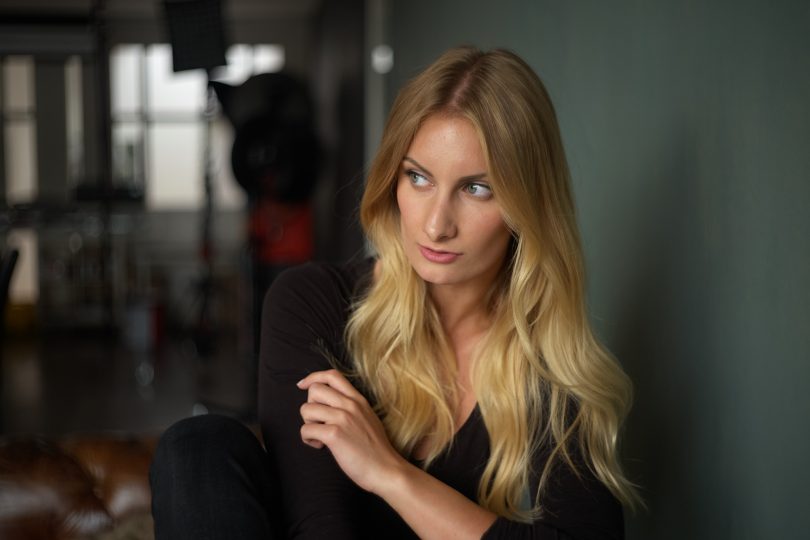
Raw image, Leica Summitar 50mm f/2 on Leica M10

Leica Summitar 50mm f/2 on Leica M10

Raw image, Leica Summitar 50mm f/2 on Leica M10
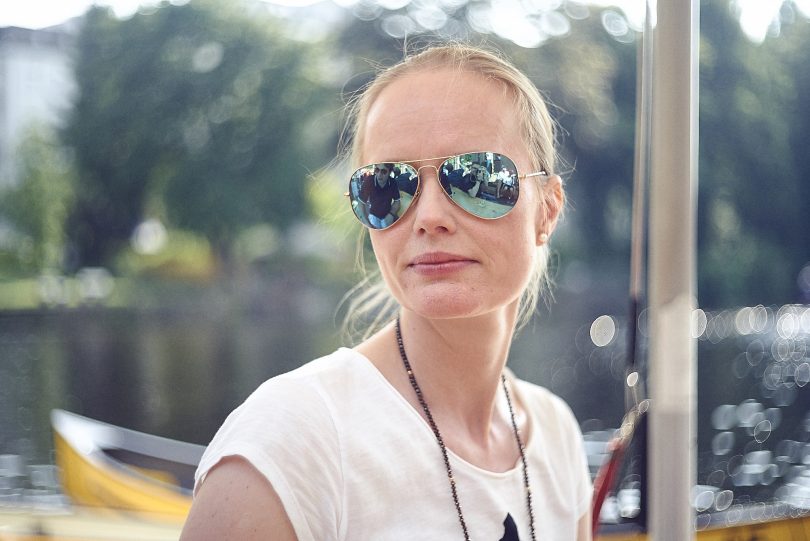
Leica Summitar 50mm f/2 on Leica M240
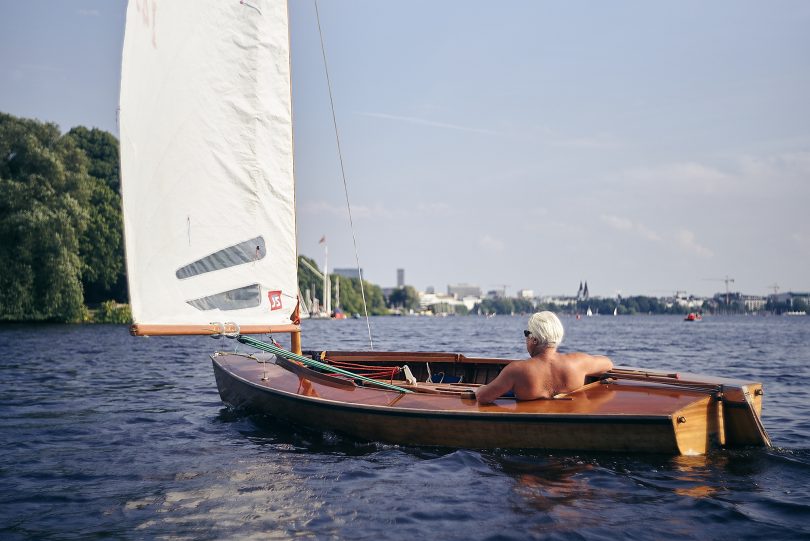
Leica Summitar 50mm f/2 on Leica M240
I must say that the Summitar surprised me. Considering that it is from 1951 and that it has to work with a modern sensor with relatively high resolution, this is really impressive. In addition I have to mention that you get these things for 200 € to 400 €. Without further editing, the images are not quite as crisp, but that can be corrected if you want to. The bokeh has this slightly swirly bokeh, but not quite as extreme as for instance a Petzval lens. And the coolest is, of course, the look. If I show up with this thing at the next wedding, then one or the other will certainly be wondering. The sharpness decreases somewhat toward the edges, which is of no problem for me because I rarely place important matter in the corners.
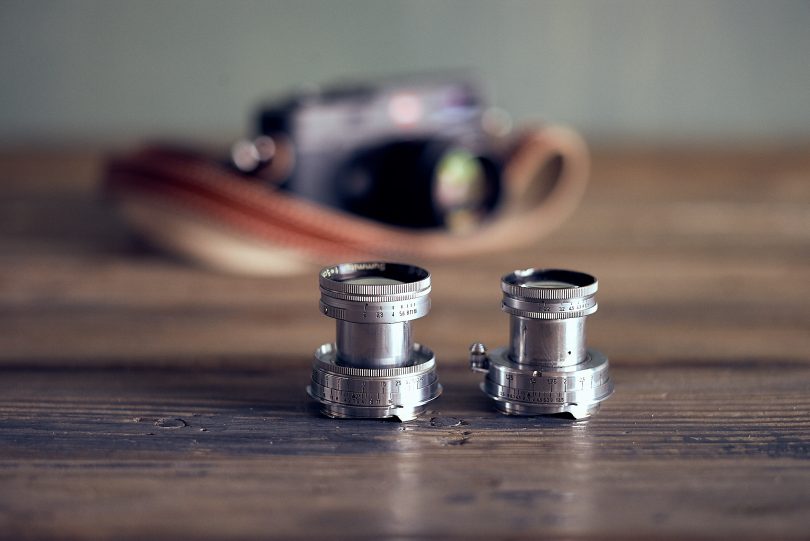
Left: Summitar: Right: Summar
But let's go back a step further. The Summar 50 mm f/2.0 to my knowledge was the first 50 mm with an aperture of f/2.0 that Leica built. Like the Summitar, it has a screw thread, so you need an adapter for the M. Focusing with the rangefinder also worked flawlessly. Just look at the pictures and judge for yourself:
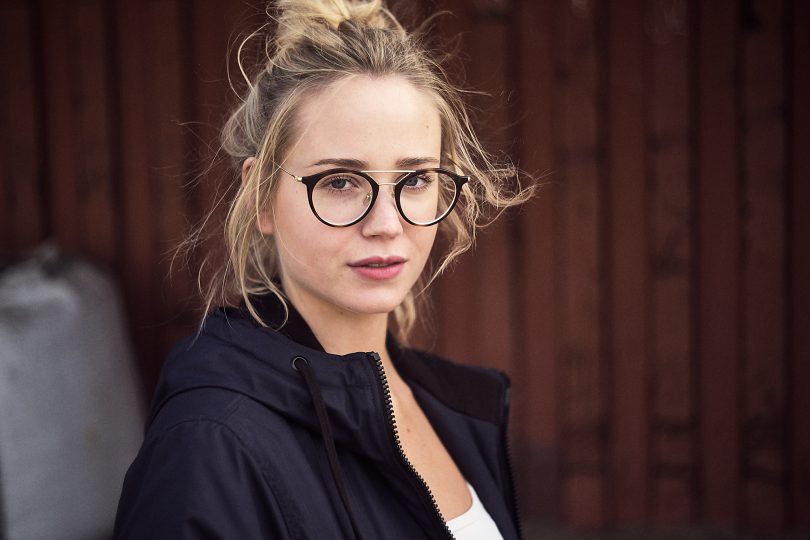
Leica Summar 50mm f/2 made in 1937
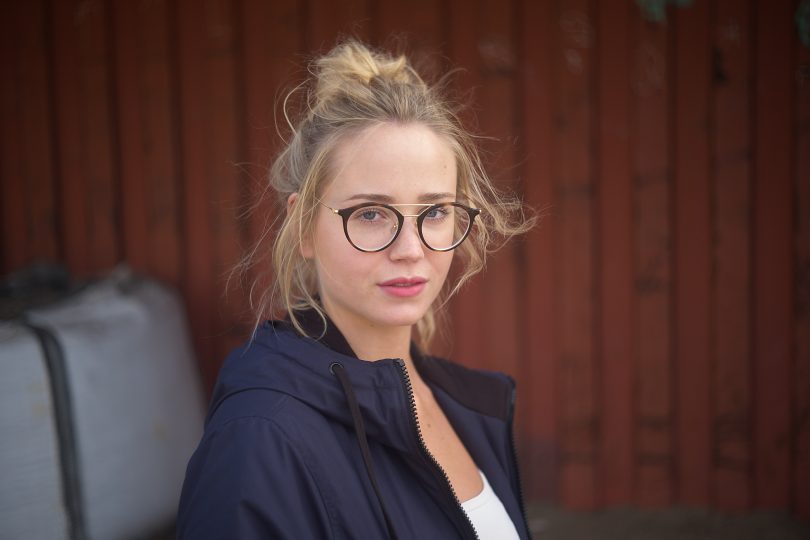
Raw image, Leica Summar 50mm f/2 made in 1937

Leica Summar 50mm f/2 made in 1937

Raw image, Leica Summar 50mm f/2 made in 1937

Leica Summar 50mm f/2 made in 1937

Raw image, Leica Summar 50mm f/2 made in 1937
Well, I am not one who can examine and evaluate pictures to the smallest detail and their technical perfection. But what I see at first glance amazes me. Why do I pay so much for modern lenses? In view of the age these lenses of more than 80 years, this is an impressive achievement. However, I must note that both lenses do not particularly like back light. Here the coating of new lenses becomes noticeable. As indicated above, I am almost a little bit disappointed that these things are so good. The Summar seems to be a much unloved child and therefore is often available for less than 200 €. If you pay 400 €, then there is the possibility that there is a camera in back of the lens. I hope this does not change with this article.
I really enjoy the two old lenses. Let's see which I will keep it. Preferably, both. I have to try to make a deal with my dealer friend. If you are in Hamburg, pay Meister Camera a visit. They have a lot of old treasures lying around and they gladly give you advice.
If you like, please comment on your experiences with old lenses. I'm limited to Leica here, but there are possibilities without end.
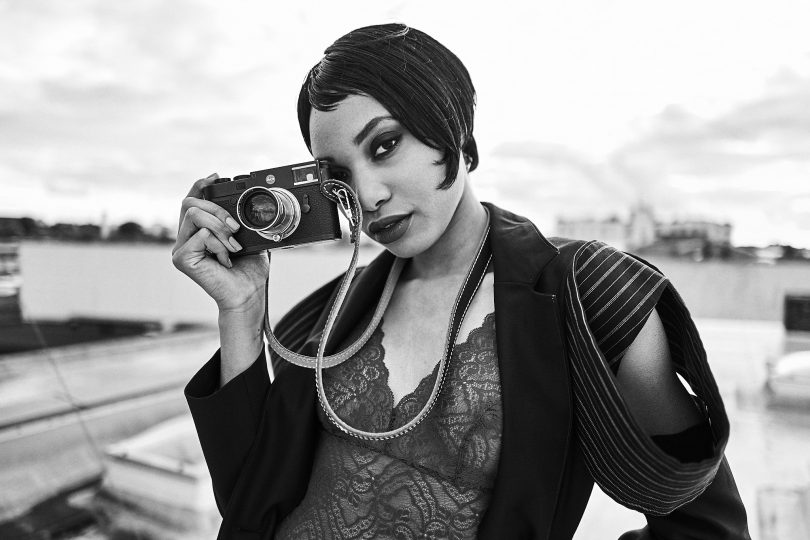
A camera makes a girl twice as hot. Taken with a Leica Q
Translated from German by Heinz Richter
For the original article go here
For other articles on this blog please click on Blog Archive in the column to the right
To comment or to read comments please scroll past the ads below.
All ads present items of interest to Leica owners.
_______________________________________________________________________
To comment or to read comments please scroll past the ads below.
All ads present items of interest to Leica owners.
_______________________________________________________________________
Buy vintage Leica cameras from America's premier Leica specialist
Buy vintage Leica cameras from
America's premier Leica specialist
Click on image to enlarge
Click on image to enlarge
Click on image to enlarge
Click on image to enlarge
Click on image to enlarge
Click on image to enlarge

















